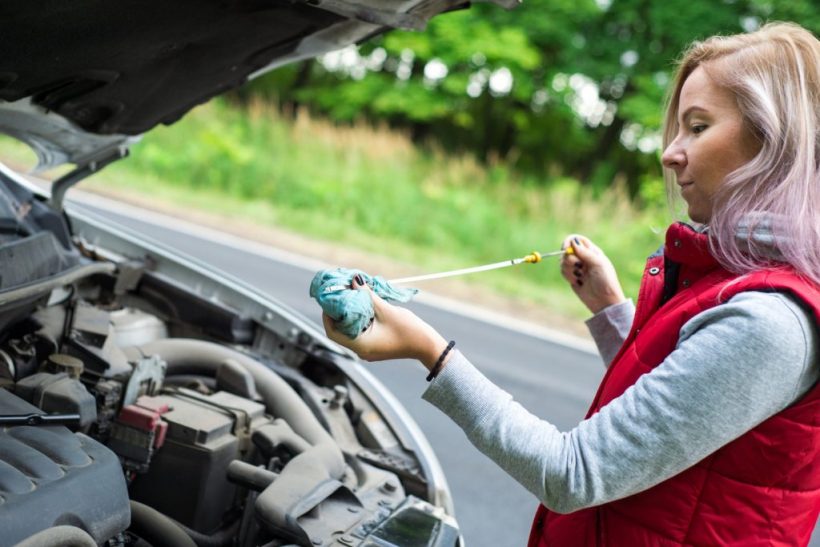Buying a car is an exciting experience, especially if you’re a first-time owner. On the other hand, it can also be stressful and costly if you don’t know the essential vehicle components that need tender, loving care.
Preventive maintenance is critical in road safety and vehicle longevity. But for a new driver, it can be baffling to keep track of all these car parts. For the first few months following a car purchase, it’s better to refer to a maintenance checklist to ensure that you don’t miss out.
Basic Vehicle Maintenance Checklist
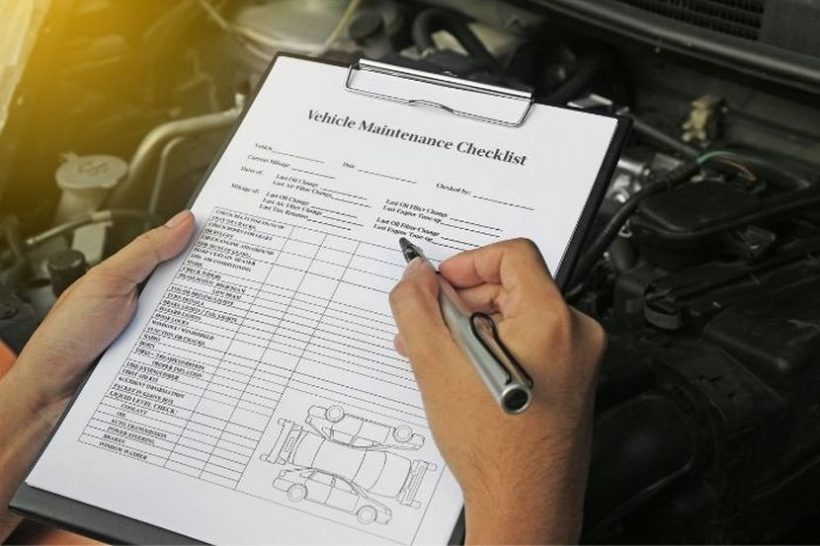
Some people think that buying a state-of-the-art vehicle requires less maintenance. This is not entirely true. While technology has made cars faster, sleeker, and more advanced these days—preventive maintenance is still as critical as before. Computerized engine control even makes vehicle parts more sensitive and most of the time, a trip to the service center is required to have access to this new technology.
That being said, a reliable car like a Buick can’t live up to its name without proper upkeep. If you’re looking to buy cheap yet high-quality Buick units, though, check this site for more information.
With that out of the way, there are few things that you can do to increase your vehicle’s lifespan. So, before hitting the road, check the following parts for soundness.
1. Lights
At night, you can’t rely on street lights to illuminate your path. Make sure that your car lights work and replace bulbs if they’re busted.
Your vehicle is composed of several types of lights. The headlights, hazard lights, turn signals, brake, reverse, park, and fog lights. With time, you’ll be able to acquaint yourself with all of them.
2. Seatbelts
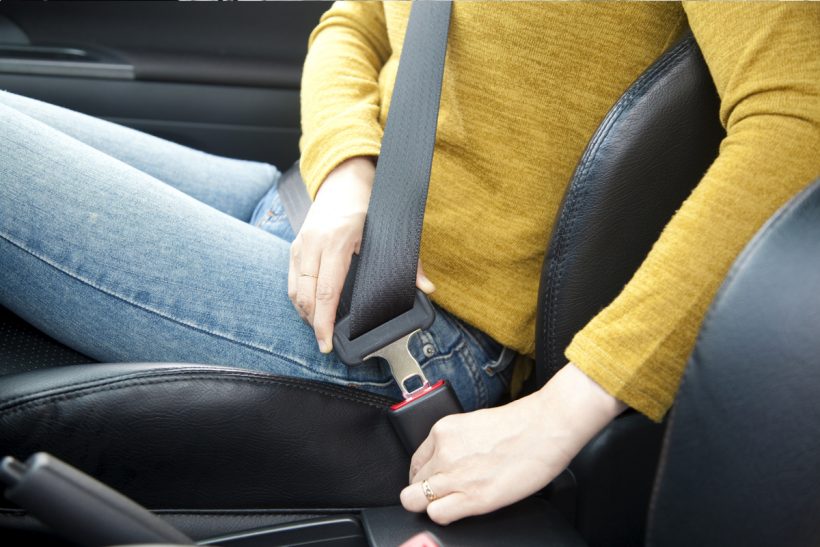
With airbags, these care safety devices aim to cut the number of fatalities in case of a collision. Some may even include safety belts as a must-have in choosing the best car for first-time owners. Make sure that your car’s safety belts work by pulling, buckling, and unbuckling the metal fasteners. Check if they stay secure.
3. Engine Air Filter
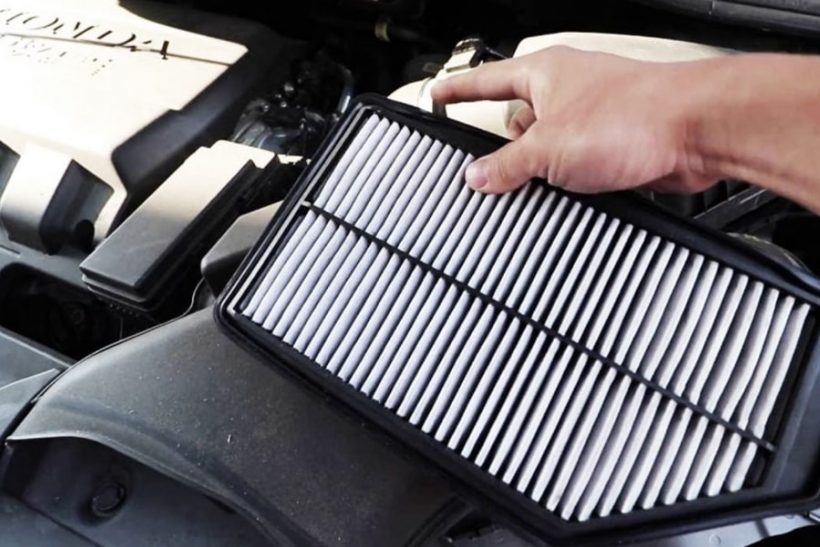
Your engine air filter is like your car’s lungs. Over time, they can get clogged; negatively impacting vehicle performance.
Depending on your car’s model and make, you can either take out and replace the air filter yourself or send it to the car shop for proper handling.
Refer to your vehicle manual to find out when you need to replace the filter. Otherwise, have them replaced every 15,0000 miles or less—especially if you travel through dusty roads. Air filters are often replaced at the same time as oil filters.
4. Handbrake and Brake Pads
Test if your brakes work properly by running down a slope. Step on the brake and then pull up the handbrake to see whether it holds the car in place.
Over time, brake pads—which can be made from metallic, ceramic, organic, and other composite materials—become worn out and need to be replaced. You’ll know when it’s time to buy a new one if they’re not as tight as they were, or if they take a longer time to work. Some brake pads produce a screeching sound when they’re worn out too.
5. Mirrors
Adjust the rearview and side-view mirror to ensure they’re properly positioned to reduce blind spots. Most of all, make sure to wipe your car mirrors clean every day and immediately replace cracked, broken, or damaged ones. While this does not necessarily affect your car’s lifespan, it can ensure road safety.
6. Windshield and Wipers
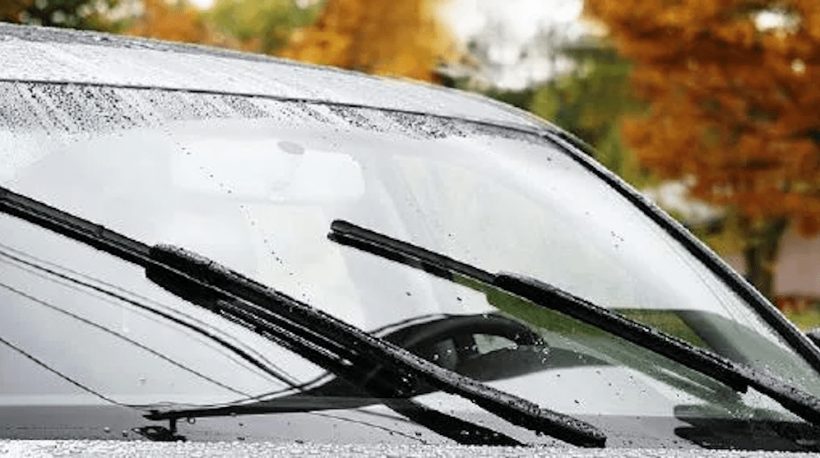
Make sure that your windshield doesn’t have cracks. In addition, take note of any problems with your wipers. When it’s raining, you need to be able to see the road. A faulty wiper won’t let you have that, making your road trip extremely dangerous. Check your wipers once every month for wear and tear. This part is mainly composed of rubber, and if it’s worn out, it can leave marks and maybe even scratch your windshield.
7. Horn
Drivers have to make sure their presence is felt by other motorists on the road. If they couldn’t see your car, they may inadvertently maneuver their vehicle towards you. Honking is the best way to let them know you’re in the vicinity.
8. Car Fluids
Your car needs a lot of fluids, as you’ll find out in the latter part. But for your safety, check your engine oil and coolant levels to prevent sudden breakdowns and an overheated motor.
Cars have measuring sticks, called a dipstick, that you can use to determine whether the fluids need to be refilled or replaced. Engine and gear oil, coolant, transmission fluid, brake fluid, steering fluid, clutch, and battery fluid are some of the most important liquids in your car.
If you want to check coolant levels, a good rule of thumb is to never remove the radiator cap, as your skin can get burned.
9. Tires
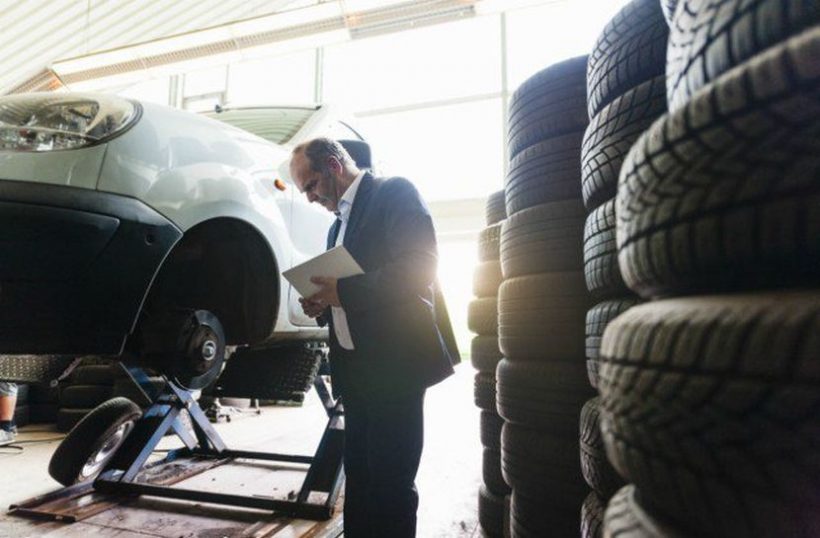
Tires are the most hardworking parts of the car. But they’re also often the most neglected part. So, always check the tread for wear and tear and use a tire gauge to make sure that the tires have the correct pressure. You can always use a tire wear chart to see which type can suit your needs the best!
Worn-out tires not only increase your fuel consumption; they could also blow out and cause accidents. Always check your car for tread depth and don’t wait until they become worn out before replacing them. Don’t also forget to have your tires aligned and well-balanced to be safe.
10. Battery
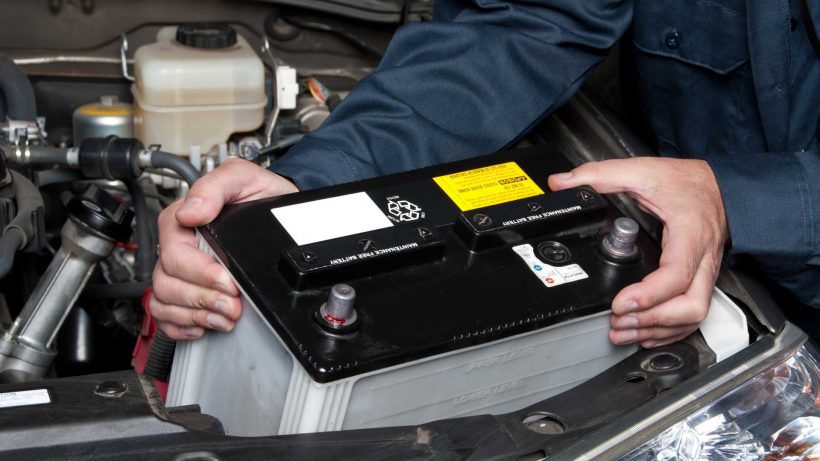
You’d never want the battery to give up on you while you’re on the road. So, make sure to check that the terminals are free from corrosion. In case of rust build-up, mix water and baking soda, and use a small brush to gently remove it. The battery fluid should also be filled as necessary.
Car batteries typically last for a few years, but they can get drained if a car stays in the garage for too long. If you don’t need to be on the road for several days, make sure to turn on the engine for a few minutes to keep your battery loaded.
11. Hoses and Belts
Make sure to check radiator hoses for leaks and cracks. Include fan belts and timing belts—which typically don’t need to be replaced until reaching 60,000 miles. A timing belt is critical, as it keeps the engine timing correct. If it’s busted, it can destroy the engine. Mechanics suggest having these checked whenever you go for an oil change.
The Bottom Line
No matter how perfect or expensive your vehicle may be, it won’t be as efficient without regular and appropriate maintenance. Ignoring signs of wear and tear can dramatically reduce your car’s lifespan.
A screeching sound, weird noises, handling problems, among other issues, should be addressed right away. Signs of neglect such as worn tires, broken lights or windshields, as well as dysfunctional safety belts, can also cause accidents. A well-kept car not only keeps you safe on the road but also saves you from costly repairs.

